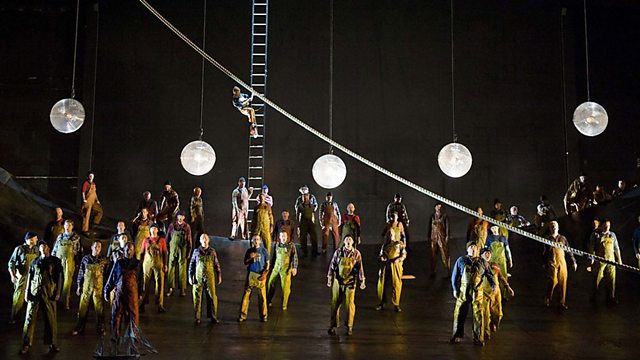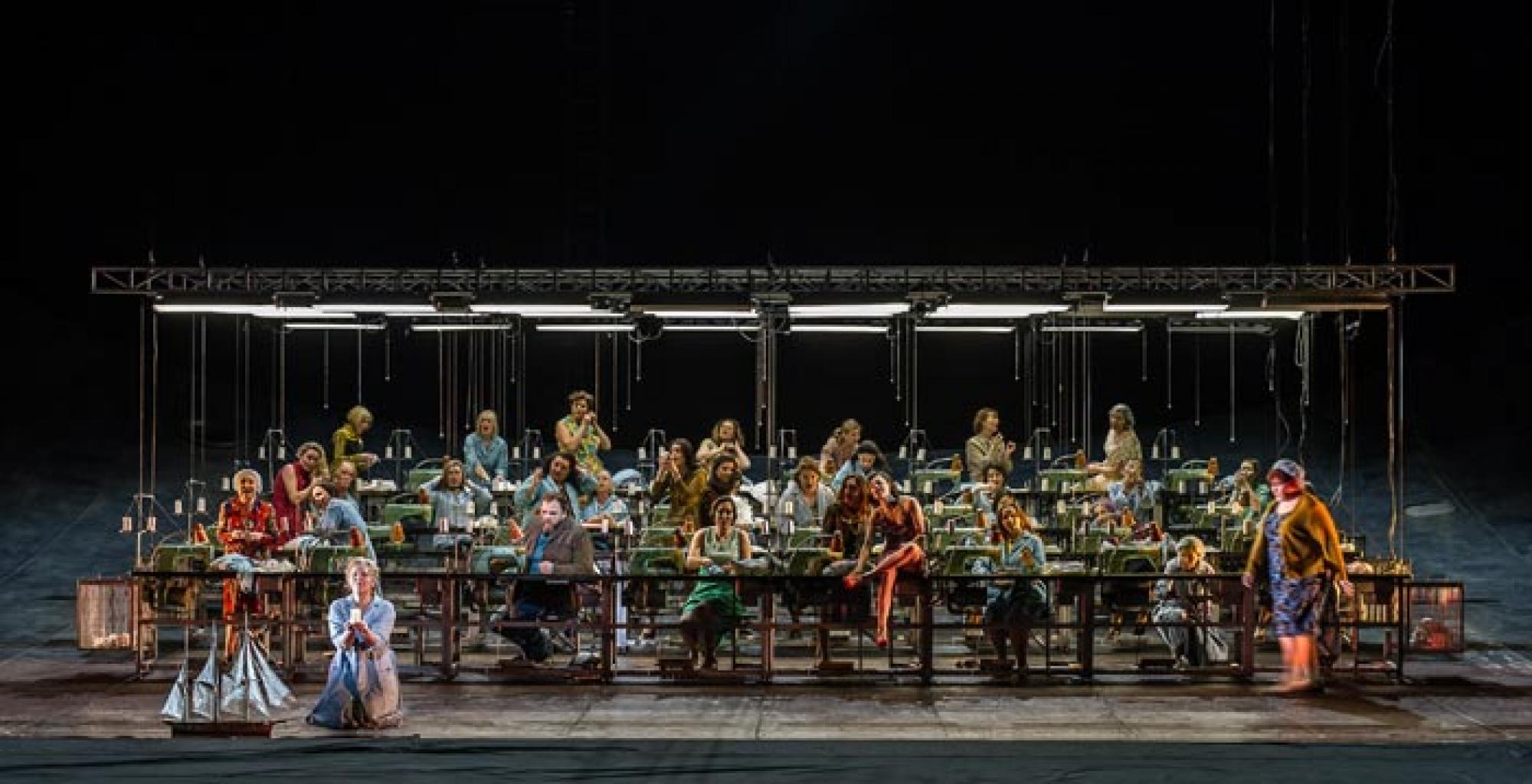
In the Met’s new production, the title character’s otherworldly nature will be given a unique visual representation. He is permitted to set foot on dry land just once every seven years, so that he may search for a woman, suitably faithful and pure, to save him. Based on a folktale that became a popular inspiration for many 18th- and 19th-century writers, poets, and artists, the Dutchman is the perfect vessel for the moody yet idealistic imaginings of German Romanticism-a brash sea captain who, as punishment for invoking the devil while struggling to sail through a violent storm, is doomed to endlessly roam the seas until Judgment Day, or until a love “true unto death” releases him from the curse.

Nikitin has made a strong impression singing Wagner roles at the Met before-including Fasolt and Gunther in last season’s Ring cycles and a memorable portrayal of Klingsor in Girard’s Parsifal production in both 20-but this will mark his first turn with the company as the Dutchman, one of the composer’s most mystical characters. Russian bass-baritone Evgeny Nikitin headlines the cast for the new staging, stepping in for Sir Bryn Terfel, who withdrew due to an ankle injury that required surgery. When the curtain goes up, we enter into it the same way Senta does.” To drive the point home, the director says, “we are completing the Met’s golden proscenium arch along the bottom side, so that the audience sees a large painting, framed as a painting. Working with John Macfarlane, the most painterly of set designers, Girard has created a rich, sweeping aesthetic of dark yet subtly shaded tableaux-moonlit cloudscapes, crimson sunsets, and a hand-painted, stage-filling image of a ghostly eye, which acts as the Dutchman’s portrait and is visible as the audience fills the seats. The mini model ship, though, sometimes feels like a prop too far.A scene from Der Fliegende Holländer Ken Howard / Met Opera Senta’s obsession with the Dutchman comes across not as psychosis, but a genuine love at the end, instead of throwing herself into the sea, the poor girl seems to die of grief. There seems no need to interpret to excess.

Dark, stark and strong, it is impressively lit by David Finn, with intriguing angles, sometimes harsh, sometimes beautiful, usually symbolic. Like many of the most interesting Wagner productions, it is not overloaded with activity, but homes in on human interaction, within elemental shapes the basic concave shell could be a sail, a wave, a ship’s belly, or the slope of the shore’s hillside. But Tim Albery’s Olivier Award-nominated staging, first seen in 2009, is an immersive and immersing experience, pulling you into its depths even if you don’t get splashed en route. Before the opening night of Der fliegende Holländer some of the Royal Opera House Orchestra had already taken a soaking apparently the patch of on-stage sea for act III found its way into the pit at the dress rehearsal.


 0 kommentar(er)
0 kommentar(er)
